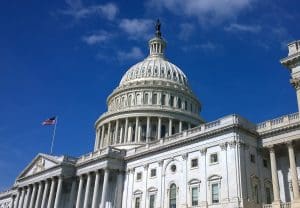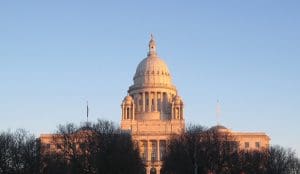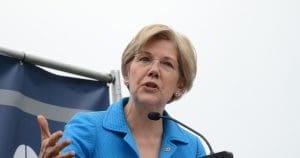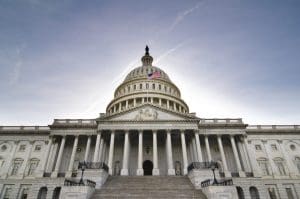The economic crisis caused by the coronavirus pandemic poses a triple challenge for tax policy in the United States. Lawmakers are tasked with crafting a policy response that will accelerate the economic recovery, reduce the mounting deficit, and protect the most vulnerable.
To assist lawmakers in navigating the challenge, and to help the American public understand the tax changes being proposed, the Tax Foundation’s Center for Federal Tax Policy modeled how 70 potential changes to the tax code would affect the U.S. economy, distribution of the tax burden, and federal revenue.
In tax policy there is an ever-present trade-off among how much revenue a tax will raise, who bears the burden of a tax, and what impact a tax will have on economic growth. Armed with the information in our new book, Options for Reforming America’s Tax Code 2.0, policymakers can debate the relative merits and trade-offs of each option to improve the tax code in a post-pandemic world.


Taxable Income vs. Book Income: Why Some Corporations Pay No Income Tax
Why do some companies appear to be profitable but pay little or no federal income taxes? It’s largely due to differences between book and taxable income.
4 min read
The Lowered Corporate Income Tax Rate Makes the U.S. More Competitive Abroad
One of the most significant provisions in the Tax Cuts and Jobs Act was the reduction of the U.S. corporate income tax rate from 35 percent to 21 percent. Over time, the lower corporate rate will encourage new investment and lead to additional economic growth. It will make the U.S. more attractive for companies by increasing after-tax returns on investments and will discourage companies from shifting profits to low-tax jurisdictions.
2 min read


A Property Tax is a Wealth Tax, but…
Warren’s comparison between the property tax and her proposed wealth tax makes a good sales pitch. However, there are important differences between the taxes. By no means is the property tax in many jurisdictions perfect, but it is generally better structured than a wealth tax.
4 min read
New Study Finds that High Tax Rates Lower the Chance of Business Survival
America’s tax code distorts the economic decision-making of firms, such as the favorable treatment of debt financing over equity. This study adds to this argument while providing motivation for policymakers to focus on how reforms to tax policy can increase American entrepreneurship.
2 min read

